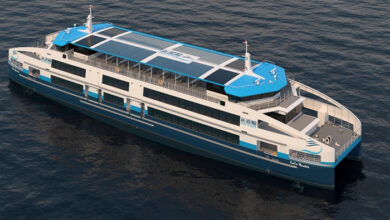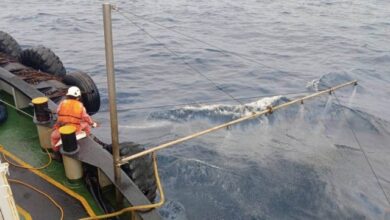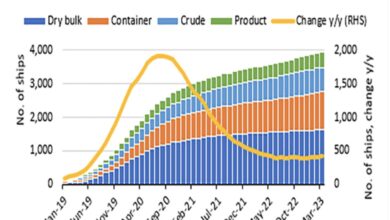
Suez Canal and its importance that has world trade, the levels of maritime traffic, pollution, and regional maritime activities make Egypt a key stakeholder in the decarbonization of the sector.
An Exclusive Interview By : Magdy Sadek
Gavin Allwright has been the Secretary of the International Windship Association (IWSA) www.wind-ship.org since it was established in 2014, this not-for-profit grouping of maritime wind propulsion companies. He also leads the policy and finance workstreams, requiring regular attendance at IMO, OECD and EU meetings.
He currently sits on the UN International Maritime Organisation (IMO) Maritime Technology Cooperation Centres (MTCC) stakeholder’s advisory committee and is a non-executive board member of the World Wind Energy Association (WWEA).
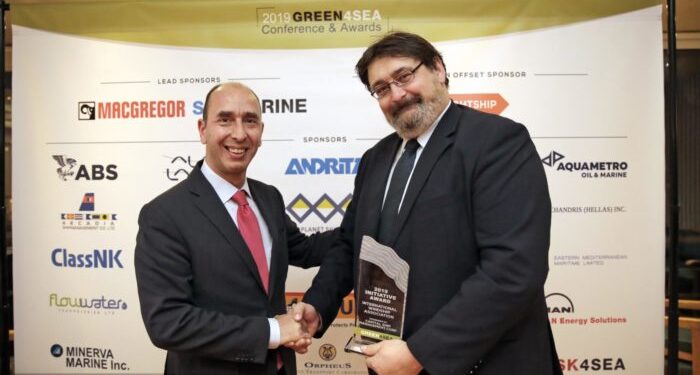
He has also chaired the Royal Institute of Naval Architect’s (RINA) Shipping Efficiency & Wind Propulsion conferences along with the last four years of the Natural Propulsion Seminar as part of Blueweek hosted by the Marine Research Institute of the Netherlands (MARIN).
He is currently an advisor on a number of EU and international joint industry and research projects, including WASP, WiSP, STEERER, VTAS, Decarbonising UK Freight, and the Post Carbon Logistics Center.
Gavin holds a Masters’s degree in Sustainable Development, specializing in small-scale sustainable shipping and logistics in developing countries. He lectures on the development of wind propulsion and sustainable shipping as a visiting lecturer at a number of universities, including the UN World Maritime University, Malmo, Sweden.

An exclusive interview with Gavin Allwright poses the future scenarios for Maritime traffic with IMO’s decision to reduce carbon emissions and Climate change When do you expect the Carbon emissions to end in maritime traffic? Are you optimistic about this?
He is emphasizing, that we will be looking to visit the region over the next year or so, and we will certainly consider adding Egypt to the itinerary of any trip. One reason is the holding of the COP27 meetings in November and the message of intent that sends from the Egyptian government and industry that you are engaging directly with the serious environmental issues of the day and the renewable solutions we need to meet the 1.5C challenge
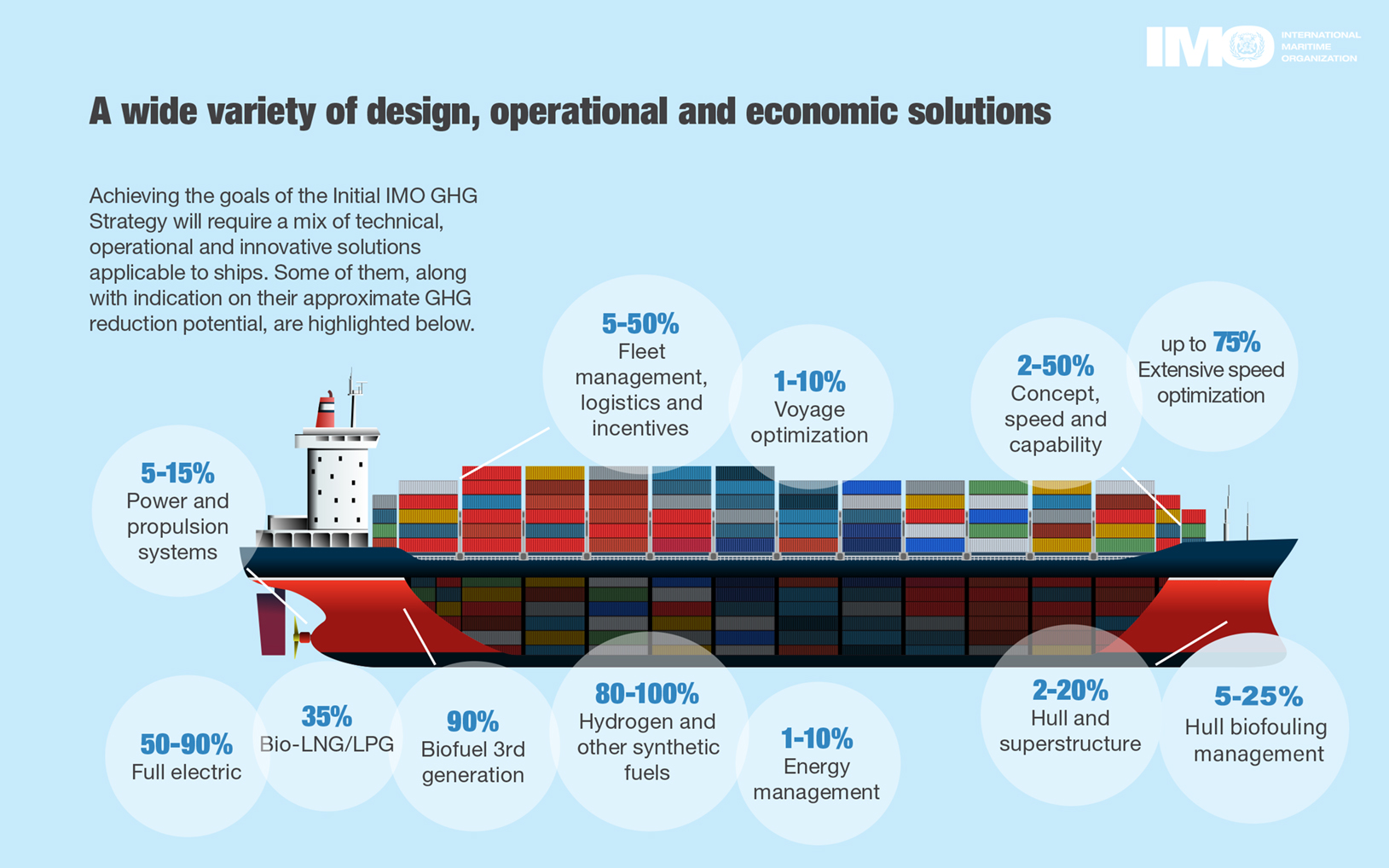
1-What are the future scenarios for Maritime traffic with IMO’s decision to reduce carbon emissions and Climate change?
There are of course many different variations of the decarbonization scenario, however, they all follow a number of basic principles, firstly that there will need to be deep, irreversible cuts in carbon emissions and that there is unlikely to be a one-size-fits-all solution when it comes to alternative, low carbon and zero-emissions fuels. There is also a consensus growing that a carbon levy is either desirable or inevitable, firstly at a regional level, such as with the EU ETS, but more importantly at the IMO level. There is however no consensus about the level, the timing, or the use of funds generated by such an approach though.

From a wind propulsion perspective, there is however a single variant – this is that wind is a direct, pure zero-emissions energy source delivered directly to the point of use without the need for mining, refining, transporting, bunkering, or storing and one that is abundant, available worldwide today (in varied intensity) and will be free for the lifetime of the vessel.
The technology toolbox is growing and the ‘single variant’ is that wind propulsion systems are compatible with all other energy sources and choices. As a retrofit, they will deliver 5-20% of the propulsive energy for vessels with the potential to optimize out to 30%, and then primary wind newbuild vessels can deliver 50%+
At these levels, the systematic rollout of the technologies across the entire fleet could save enough fuel over the next two to three decades to pick up the bill for the rest of the decarbonization efforts within international shipping.

2-What is the implication or impact of this for shipbuilding industries specifically Autonomous Ships?
The shipbuilding industries will need to adapt, possibly becoming specialists in particular fuel systems and other renewable technology installations such as wind. These new technologies will certainly be areas of business development opportunity, but will likely require new approaches, new training, and new equipment. In the area of autonomous shipping, I am certainly not an expert, however, vessels have become increasingly automated and we have also seen this with the developments of new wind propulsion systems. There will almost certainly be further rollout of autonomous ships, but these will still require onshore operators and maintenance or safety teams to be on vessels that are operating in ocean situations.
One area of development and potential niche markets will be in small monitoring, research, and military ‘drone’ vessels, where they can be deployed safely and for long durations and these would fit wind, wave, and solar generation systems.
Wind propulsion and other onboard renewable energy generation systems bring further meaning to ‘autonomous’, not just autonomous in the field of vessel control, but they build autonomy in the field of fuel or propulsive energy – wind can firstly extend the range on all vessels, but ultimately can deliver all or the vast majority of the energy for a vessel on certain routes and conditions, this is possible today on smaller vessels and projects are under development for larger vessels that harvest excess wind energy when it is available and turn that into storable power. This will enable vessels to unshackle themselves from bunkering restrictions to a degree, thus increasing the autonomous operations of the fleet.

3-Does this means that it is necessary to reset the infrastructure of movement inside the seaport to receive such ships, I mean the smart ports as well?
If we are talking about wind propulsion systems on ships, then the answer is that most systems are being designed to be retractable, movable, or even modular, therefore having little impact on port operations. For small, more traditional sail vessels or some without retractable sails, there may be some restrictions or adjustments in operation, however, the project and technology designers are integrating these issues into the designs that are coming through so they are ultimately compatible with existing infrastructure and practices wherever possible.

4- When do you expect the Carbon emissions to end in maritime traffic? Are you optimistic about this?
Here we have choices to make. We could move very quickly by adopting a W.A.V.E. hybrid approach that has the potential to remove the majority of carbon emissions in the 2030s. The approach requires wind propulsion to be brought to the centre of decarbonization efforts – Wind (20-30% energy provision) + Activity (20%+ reduction in energy from operational changes including speed reduction, weather routing, virtual arrivals, training, etc.) + Vessel optimization (20%+ reduction in energy use from energy efficiency measures, digitalization, EMS, etc.) + Eco-fuels (20-40% of the energy requirement).
This integrated and holistic approach lends itself to a far more realistic ask for renewable energy generated power- to-X fuels which can be rolled out far more quickly for more ships and spread geographically in a shorter period.
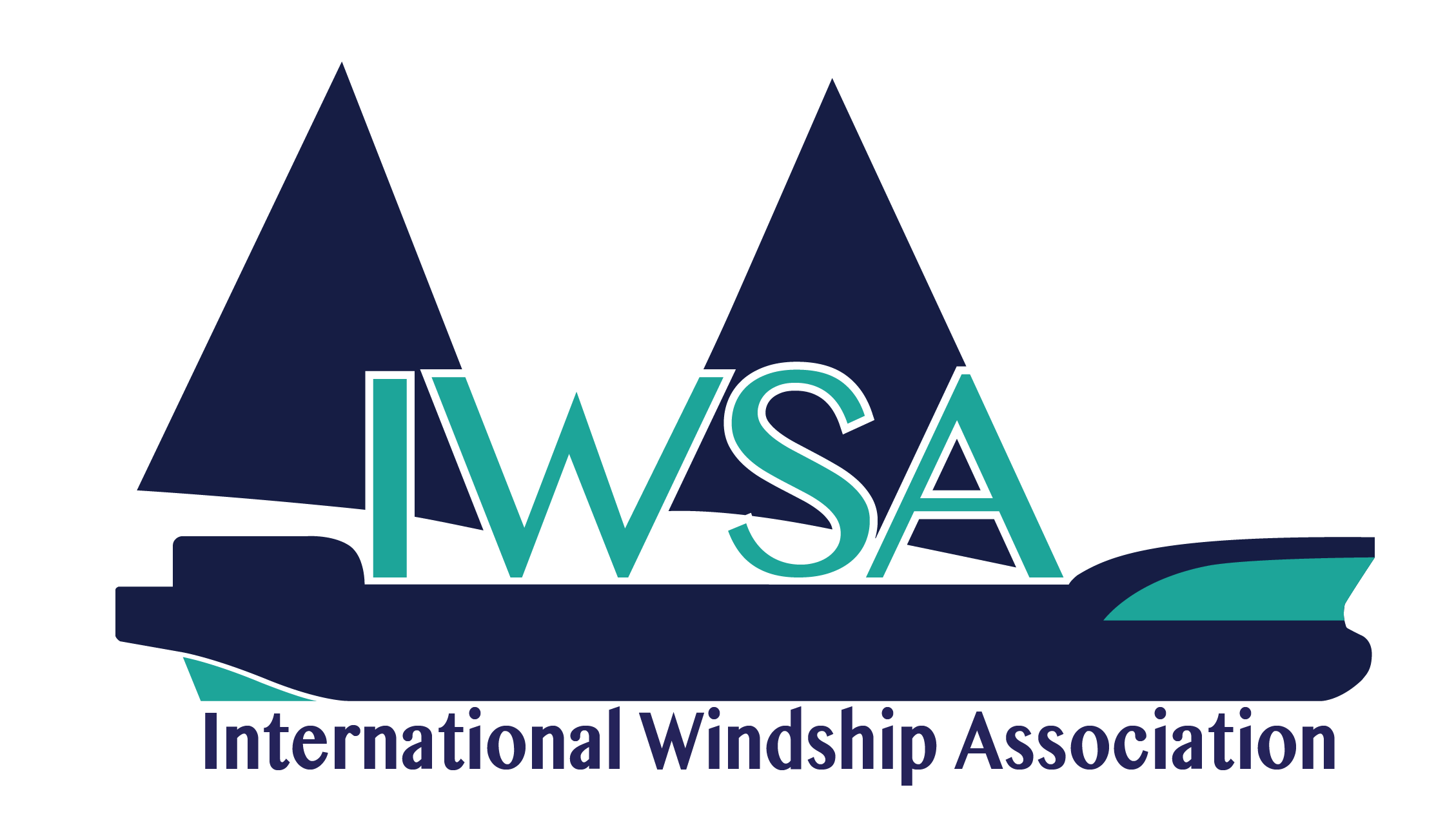
5-Can your organization provides what it has to say to the Arab maritime sector in general and the Egyptian sector in particular?
The maritime sector in the region is a multi-faceted one and of course ownership patterns, flagging and operational activity are all varied and convoluted, however, if we look at a couple of the segments that are significant in the region, the bulker and tanker segments, then these are two of the low hanging segments for retrofit (and newbuild) wind-assist systems. An EU report in 2016/7 estimated that by 2030 these segments could see 50% and 67% fleet penetration respectively for wind propulsion systems. We haven’t yet done country-by-country market breakdowns for wind propulsion, however, these figures should be fairly indicative.
The RoRo and general cargo segments are also seeing growing interest and installations in wind systems and these weren’t included in the above report. Existing container vessel designs are less conducive to heavy, deck-mounted wind propulsion system retrofits, however, these can take off-deck kite systems for example. New container vessel designs with integrated wind are starting to come into the development pipeline though.
Thus our message would be that this is a serious segment of development within the decarbonization of shipping and that wind propulsion systems can deliver double-digit savings on fuel straightaway.
Not all routes are optimal for wind energy, however the weather routing systems and predictive modelling has come a long way in recent years, so it is well worth looking at the systems as options to meet EEXI and CII compliance. Wind systems also lend themselves to leasing or pay-as-you-save financing models that shift the CAPEX to OPEX and then paid for from the fuel savings – a Win-Win-Wind situation.

6-What is the impact of the Russian – Ukrainian crisis on Maritime navigation with the rise in oil prices?
Firstly, my heart goes out to everyone involved in this crisis and the loss of life on both sides is a great tragedy. Our prayers are with one and all.
Regarding the impact of the crisis on shipping, that is unpredictable but not un-predictable. What I mean is that we will likely see severe disruption in the markets, prices for natural gas and oil will likely rise in the short to medium term and then possibly fall back, but no one knows for sure – however, that unpredictability and instability are perfectly predictable.
We hear calls to wean ourselves off fossil fuels in a crisis, but usually, only once the impacts of that crisis are already biting and there is little we can do, then things return to business as usual. Now, with wind propulsion there are two very predictable trends – with 100% certainty I can forecast that the price of wind today will be exactly the same in a month’s time, a year, or a decade – that is ‘zero’. It is immune to the vagaries of the energy markets and brings certainty and stability to an uncertain future.
I can also state unequivocally that wind propulsion system costs will drop over time and these systems will be optimized further going forward, thus delivering more energy. This trend is likely to follow a similar trajectory as wind turbines or other large-scale maritime equipment, thus a learning curve/economies of scale of around 10%, meaning that a doubling of installations will likely reduce costs by 10% and so on.

7-Do you think of a visit to Egypt if you think of an Arab tour? And why?
As a secretariat, we will be looking to visit the region over the next year or so, and we will certainly consider adding Egypt to the itinerary of any trip. One reason is the holding of the COP27 meetings in November and the message of intent that sends from the Egyptian government and industry that you are engaging directly with the serious environmental issues of the day and the renewable solutions we need to meet the 1.5C challenge.

From a shipping aspect, the Suez Canal and its importance that has world trade, the levels of maritime traffic, pollution, and regional maritime activities make Egypt a key stakeholder in the decarbonization of the sector.
From a wind propulsion perspective, there is also a tradition of wind propulsion at the heart of trade in the waters of the Mediterranean sea and Indian ocean, and some of that continues to date in the small vessel sector. Are there opportunities to revive those segments and also for larger vessel installations, maintenance, and building? That is something our members (who have already visited the region) and our secretariat will be interested to explore further.









